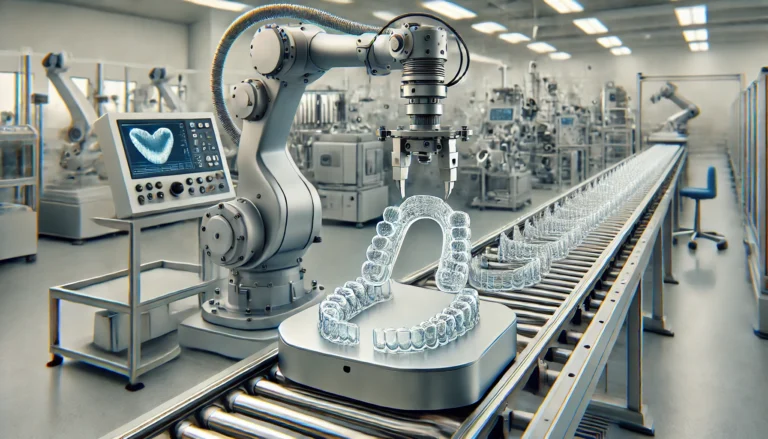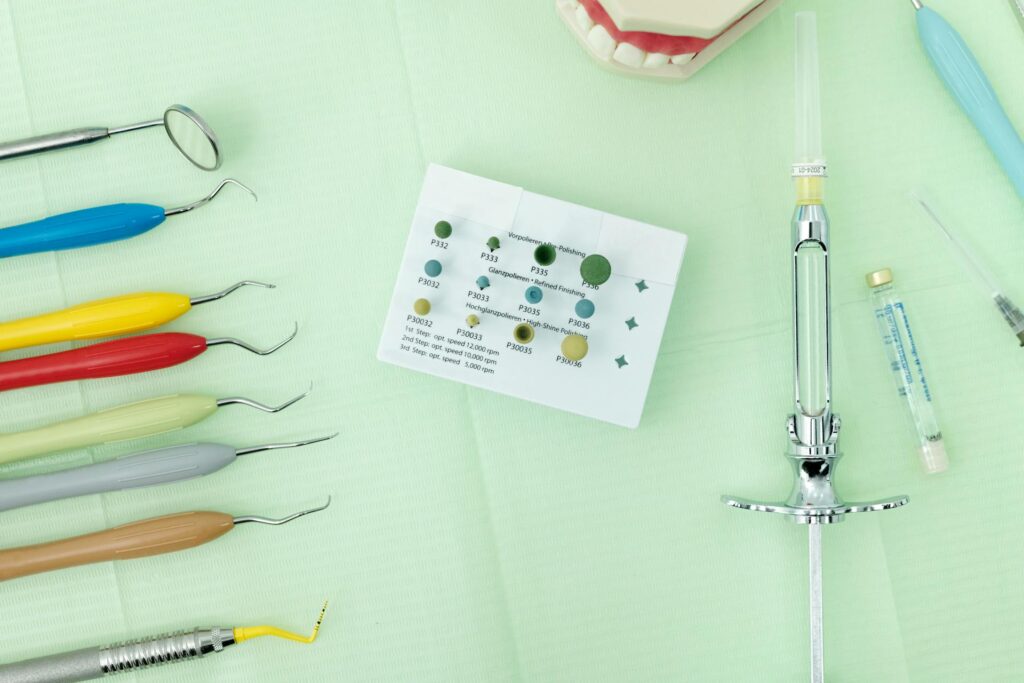
Embarking on the Invisalign journey can certainly be an exciting yet slightly nerve-wracking experience, particularly if it is your first appointment.
This guide aims to help you understand what to expect during your initial visit in the UK, covering everything from the consultation and examination to the fitting of your custom aligners. It will also address average treatment times, the benefits of choosing Invisalign, what these aligners can and can’t fix, and any potential risks you should be aware of.
Whether you are seeking a discreet method to straighten your teeth or simply wish to learn more about the process, this overview will provide you with the essential information you need.
What to Expect at Your First Invisalign Appointment in the UK?
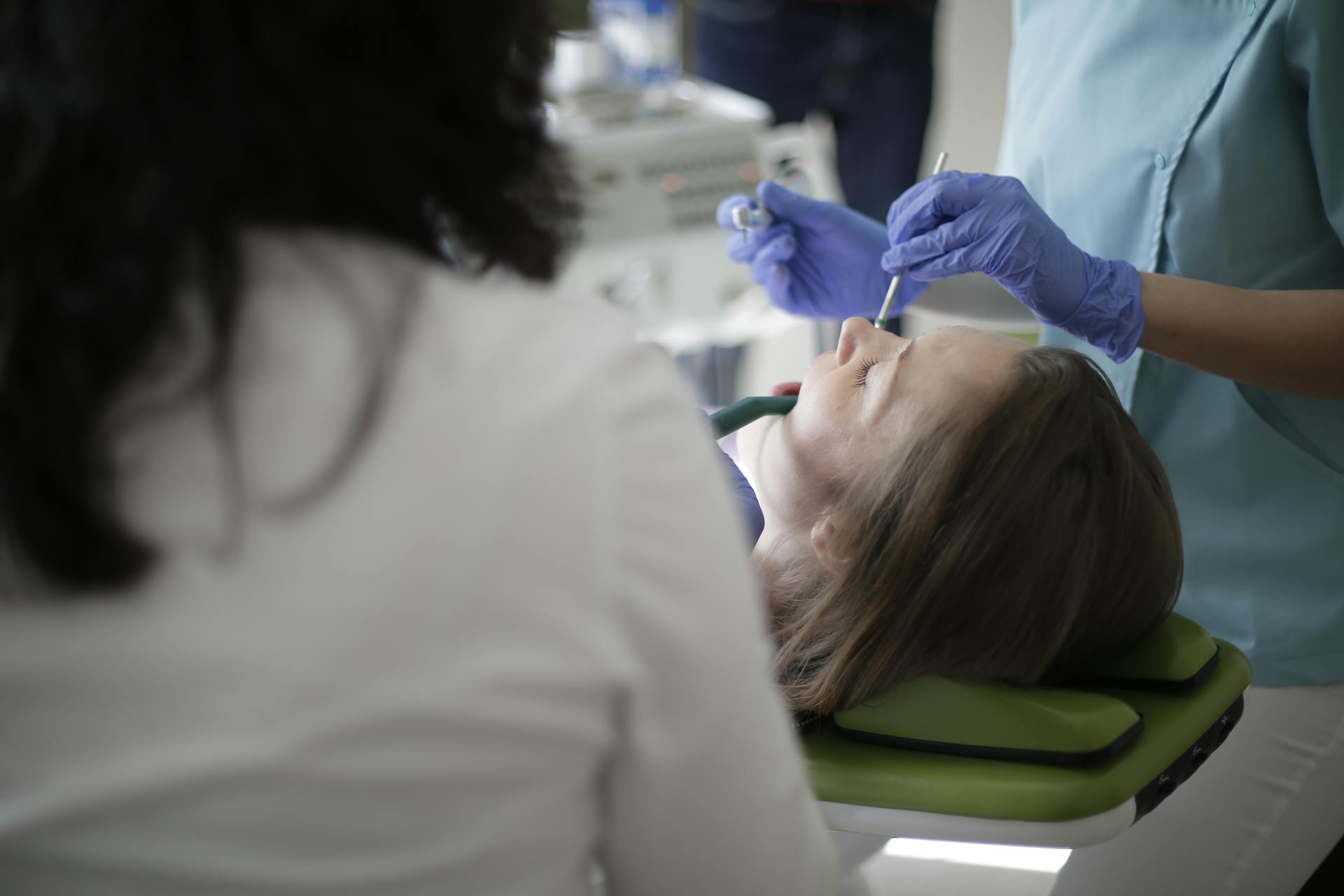
Upon arriving for your first Invisalign appointment in the UK, you can anticipate a thorough dental consultation aimed at evaluating your oral health and deciding if clear aligners are the appropriate choice for your teeth straightening goals. This initial visit is a vital step in your journey towards a better smile.
During this appointment, the dentist or orthodontist will perform a detailed examination of your teeth and gums. They will also collect essential dental records, including x-rays and a patient questionnaire, to create a personalised treatment plan tailored specifically for you.
1. Initial Consultation and Examination
The initial consultation and examination represent a crucial step in the Invisalign treatment process. During this time, the dentist or orthodontist will evaluate your teeth and overall oral health to determine the most suitable approach for your orthodontic care.
In this phase, the professional will also review the patient questionnaire. This questionnaire typically includes questions about dental history, any previous orthodontic treatments, and any concerns you may have regarding your smile. This comprehensive evaluation is essential as it helps in understanding the specific characteristics of your dental alignment and addresses any expectations you might have for the outcomes of your treatment.
A thorough clinical evaluation—complete with X-rays and 3D imaging—ensures that all aspects of your oral health are taken into account, laying a solid foundation for creating an effective and personalised treatment plan.
2. Taking Impressions of Your Teeth
During the second step of the Invisalign journey, it is crucial to take impressions of the teeth. This process involves creating a precise digital image using 3D scanning technology, which ensures that the custom aligners fit perfectly.
The advanced technology known as CAD/CAM plays a significant role in designing each aligner with remarkable accuracy. By capturing the unique contours and arrangements of the teeth, it allows for a treatment plan that is specifically tailored to the individual’s needs.
These digitised impressions enhance the effectiveness of the aligners by ensuring they provide the appropriate amount of force in the correct sequence, gradually shifting the teeth into their desired positions. Integrating these detailed scans not only streamlines the production process but also instils confidence in achieving optimal results throughout the orthodontic treatment.
3. Creating a Custom Treatment Plan
After impressions of your teeth are taken, the next step involves creating a bespoke treatment plan designed specifically for your alignment goals. This plan outlines the timeline and sequence of aligner fittings needed for optimal teeth straightening.
This personalised plan is essential, as it establishes clear expectations regarding the duration of the treatment. It also includes important details about the associated costs of Invisalign aligners and necessary follow-up appointments to monitor your progress.
The development of this plan highlights the importance of clinical support and patient education, ensuring that individuals have a thorough understanding of the process ahead.
Engaging patients in their treatment journey fosters a collaborative environment where they can express concerns and ask questions. This active involvement ultimately leads to better adherence to the plan and more effective outcomes.
4. Fitting of Invisalign Aligners
The fitting of your Invisalign aligners represents an important milestone in your orthodontic journey. At this appointment, you will receive your custom-made clear aligners, which are specifically designed for your teeth to facilitate gradual movement.
This appointment is vital not only for acquiring the aligners but also for ensuring that they fit comfortably and securely in your mouth. During the fitting, your orthodontist will carefully place each aligner to confirm that it aligns correctly with your teeth and bite.
You can anticipate a brief adjustment period as you become accustomed to the new aligners. Initially, they may feel tight, but they should not cause significant discomfort.
Regular follow-up appointments will enable your orthodontist to monitor your progress, assess your comfort level, and make any necessary adjustments to your treatment plan.
These sessions are crucial for maintaining your alignment goals and ensuring that the aligners continue to function effectively.
5. Instructions for Wearing and Caring for Invisalign Aligners
Once your Invisalign aligners are fitted, you will receive comprehensive instructions on how to wear and care for them. These guidelines are essential for maintaining your oral hygiene and ensuring that your orthodontic treatment is effective.
To achieve the best results, it is recommended that you wear the aligners for 20 to 22 hours each day, removing them only for meals and while brushing your teeth. It is also important to learn the correct technique for removing the aligners: gently apply pressure with your fingers on one side to ease the aligner off completely, which helps prevent any damage.
In terms of eating, be sure to take the aligners out to avoid any potential staining or harm. Maintaining good oral health is crucial, so remember to brush your teeth before reinserting the aligners. Additionally, you should regularly clean the aligners themselves with a soft toothbrush and mild soap.
Maintaining open communication with your dental provider regarding any discomfort or concerns can greatly enhance your treatment experience and overall outcomes.
How Long Does Invisalign Treatment Take?
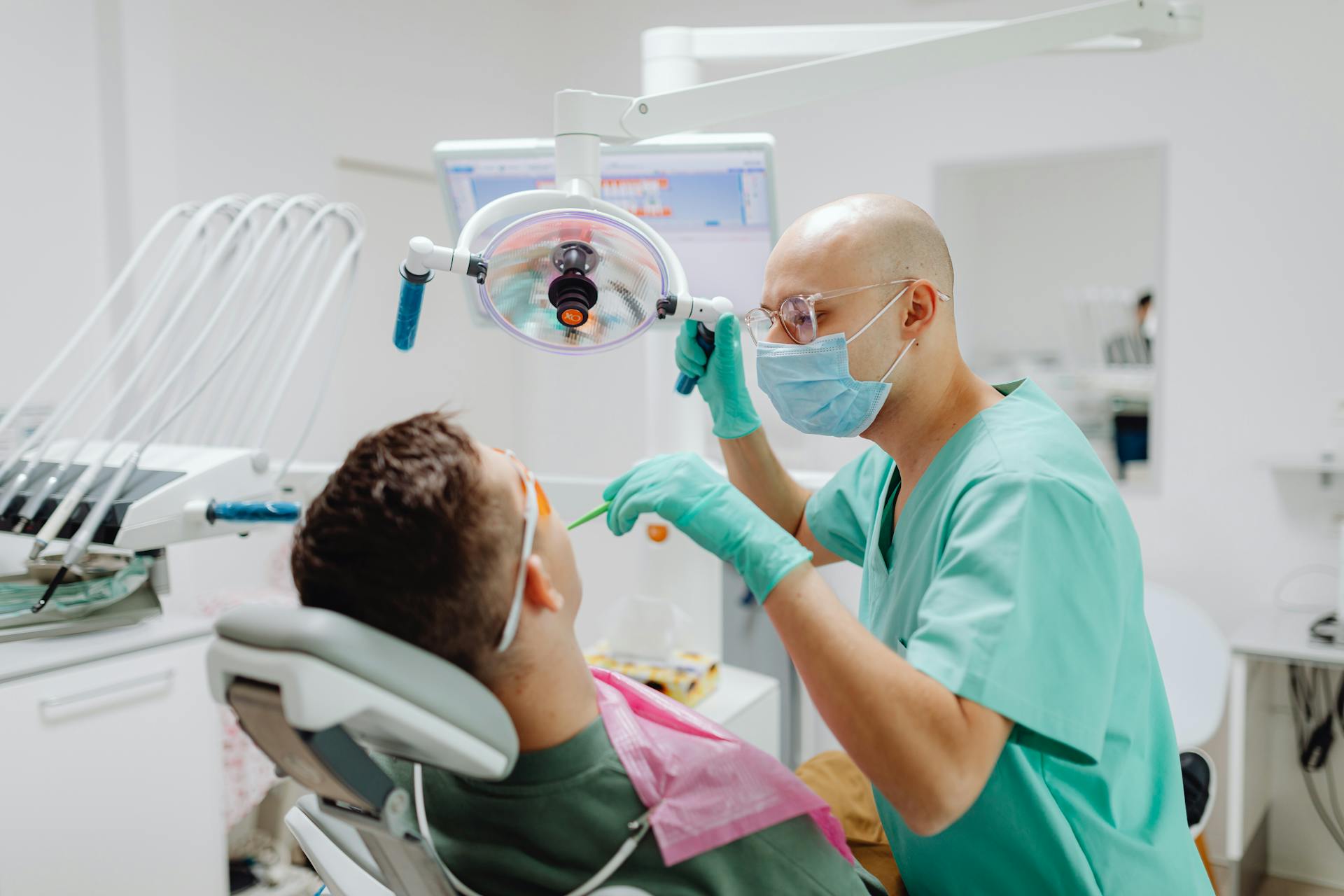
It is important to understand the duration of Invisalign treatment in order to manage expectations effectively.
The average treatment period can vary significantly based on individual orthodontic needs, ranging from a few months to several years, depending on the complexity of each specific case.
1. Average Treatment Time
The average treatment time for Invisalign typically ranges from 6 to 18 months, and it is essential to monitor progress regularly to ensure that treatment goals are being met effectively.
Several factors can influence this timeframe, primarily the patient’s commitment to wearing their aligners for the recommended 20 to 22 hours each day. Additionally, individual responses to tooth movement can vary significantly; some patients may notice adjustments more quickly than others, depending on the complexity of their case and the structure of their teeth.
Regular check-ups with the orthodontist are crucial, as they provide essential support and motivation. These appointments help patients stay on track with their treatment plan and address any concerns that may arise. A proper understanding of, and adherence to, the prescribed regimen can lead to a smoother process and potentially shorten the overall treatment duration.
2. Factors That Can Affect Treatment Time
Several factors can influence the overall duration of an Invisalign treatment. These include the severity of the orthodontic issues being addressed, the patient’s commitment to wearing the aligners, and adherence to the prescribed treatment plan.
Age is another important factor, as younger patients often experience faster tooth movement due to their developing jaws, while adults may encounter longer treatment times because of denser bone structures.
It’s crucial for patients to understand the importance of compliance during their treatment, which means wearing the aligners for the recommended 20 to 22 hours a day.
Additionally, the complexity of the required tooth movements, such as the need for further corrections or adjustments, can affect the length of the treatment journey. Effectively navigating these potential challenges is vital for ensuring a successful treatment experience.
What Are the Benefits of Invisalign?

Invisalign presents several advantages over traditional braces. These benefits include a comfortable fit, enhanced oral hygiene, and a discreet aesthetic that enables individuals to maintain their smile during orthodontic treatment.
1. Discreet and Comfortable
One of the most notable advantages of Invisalign is its discreet appearance. The clear aligners are nearly invisible, which allows for a comfortable treatment experience without the conspicuous look of traditional braces.
This design not only enhances aesthetic appeal but also plays an important role in boosting patients’ confidence throughout their orthodontic journey. Many users often share that the invisibility of the aligners enables them to smile freely, without the self-consciousness that typically comes with metal braces.
Additionally, because these aligners are custom-made to fit snugly over the teeth, they promote comfort by minimising irritation to the gums and cheeks—an issue that is quite common with conventional orthodontics.
Patient testimonials frequently highlight the convenience of being able to remove the aligners, making eating and maintaining oral hygiene much easier, which contributes to an overall positive experience.
2. Removable Aligners
In contrast to traditional braces, Invisalign aligners offer the benefit of being removable. This feature allows individuals to take them out during meals, enabling them to enjoy their favourite foods without any restrictions.
Not only does this enhance the overall dining experience, but it also simplifies the maintenance of oral hygiene. Because the aligners can be easily removed, individuals can brush and floss their teeth without the challenges posed by metal brackets and wires. This convenience supports better oral health, reducing the risk of cavities and gum disease.
Many patients appreciate the comfort and discreet appearance of aligners, as they seamlessly integrate into their busy lifestyles. This allows them to wear their aligners with confidence, without the noticeable look associated with traditional braces.
3. Fewer Appointments Needed
Invisalign generally requires fewer appointments than traditional braces, as the treatment plan is prepared in advance. This allows for more convenient follow-up appointments to monitor progress.
This approach not only reduces the amount of time patients spend in the orthodontist’s surgery but also leverages advanced technology to track the alignment process, ensuring the best possible outcomes.
With the aid of digital scanning and 3D imaging, patients receive accurate predictions of their treatment timelines. Additionally, educational resources and online support systems give the power to individuals to enhance their understanding of their care, alleviating any concerns they may have.
Regular check-ins can often be conducted through virtual consultations, which helps maintain high levels of patient engagement while effectively monitoring the alignment journey.
4. No Food Restrictions
With Invisalign, individuals need not concern themselves with food restrictions. The aligners can be easily removed before meals, allowing for the enjoyment of all their favourite foods without the worry of compromising their orthodontic treatment.
This level of flexibility not only improves the overall patient experience but also promotes consistent wear and better oral hygiene. It is much easier to maintain healthy teeth without the obstacles that traditional braces present. Unlike metal braces, which require patients to avoid sticky or hard foods and can complicate oral care, removable aligners simplify the process of brushing and flossing.
This innovative approach also allows for a more discreet treatment option. Patients can feel at ease in social situations, knowing that their orthodontic care is virtually invisible while still benefiting from effective tooth movement throughout their treatment journey.
What Are the Potential Risks of Invisalign?
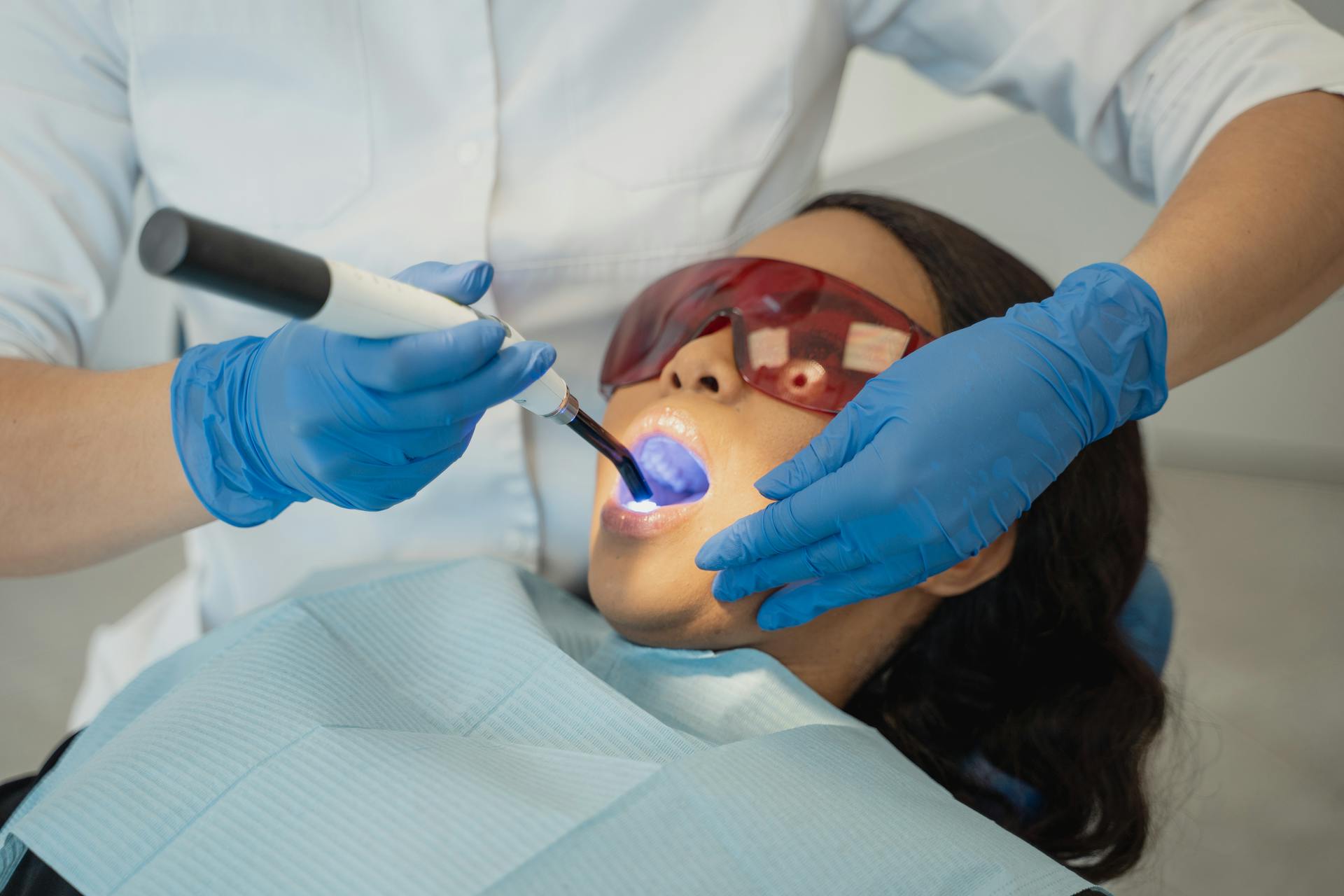
Invisalign provides numerous advantages, but it is important to consider potential risks as well. These may include:
- temporary discomfort,
- possible speech difficulties during the adjustment period,
- rare allergic reactions to the materials used in the aligners.
1. Discomfort and Soreness
Discomfort and soreness are common experiences during Invisalign treatment, particularly after receiving new aligners, as this is when your teeth begin to shift into their new positions.
For many patients, this discomfort manifests as a mild pressure on the teeth, indicating that the aligners are effectively doing their job. It is important to keep in mind that this sensation is usually temporary and can often be managed with over-the-counter pain relief or by simply getting accustomed to the new aligners.
Patients are encouraged to communicate openly with their orthodontist regarding their comfort levels. Orthodontists closely monitor progress and can provide personalised advice to help alleviate any discomfort.
Maintaining this dialogue can contribute to a smoother experience throughout the treatment journey.
2. Speech Impediments
Some patients might notice temporary speech impediments when they begin using Invisalign aligners, as these aligners can influence the way certain sounds are articulated.
It is worth mentioning that most individuals adapt to their new speech patterns relatively quickly, usually within just a few days of consistent wear. To facilitate this transition, it can be highly beneficial to practise speaking aloud, such as by reading books or engaging in conversations.
Becoming accustomed to the feel of the aligners by gradually incorporating them into daily routines can also help ease any discomfort and improve speech clarity.
For those who would like additional support, patient education materials and online resources provided by orthodontic professionals can be useful. These resources can guide patients through this adjustment period, ensuring they feel confident and well-informed throughout their treatment journey.
3. Allergic Reactions
While it is uncommon, some individuals may experience allergic reactions to the materials used in Invisalign aligners. Therefore, it is crucial to discuss any known allergies with your dentist or orthodontist prior to commencing treatment.
Being aware of allergies can greatly enhance patient safety and contribute to a more seamless treatment experience. Open and effective communication with healthcare providers ensures that individuals are informed about potential risks and can set realistic expectations for their orthodontic journey.
Clinicians should promote open discussions regarding any sensitivities, as this proactive approach can lead to personalised clinical support that prioritises patient well-being.
By fostering a collaborative environment, patients and dental professionals can work together to address any concerns, ultimately ensuring a successful treatment process with minimal risk of adverse reactions.
4. Treatment Not Suitable for Severe Cases
Invisalign may not be the best option for every patient, particularly those facing severe orthodontic issues that typically require more traditional methods, such as braces.
Certain conditions, such as significant overbites, underbites, or other complex malocclusions, often necessitate comprehensive treatment plans that aligners alone cannot adequately address. Additionally, cases involving dental damage or those that require tooth extractions may benefit from a more hands-on approach provided by an orthodontic specialist.
Therefore, it is essential for individuals considering clear aligners to seek a thorough professional evaluation. A qualified orthodontist can assess individual needs, ensuring optimal orthodontic outcomes by recommending the most suitable treatment options.
This way, patients not only receive expert guidance but also maintain confidence in their journey towards a transformed smile.
Frequently Asked Questions
What should I expect at my first Invisalign appointment in the UK?
Your first Invisalign appointment in the UK will begin with a consultation with your orthodontist. They will assess your teeth and determine if Invisalign is the right treatment for you.
How long will my first Invisalign appointment last?
On average, your first Invisalign appointment in the UK will last about an hour. This includes the consultation, taking X-rays and impressions of your teeth, and discussing treatment options with your orthodontist.
Will I need to bring anything to my first Invisalign appointment in the UK?
It is always a good idea to bring any previous dental records and X-rays to your first Invisalign appointment. Additionally, it may be helpful to bring a list of any questions or concerns you have about the treatment.
Will I receive my Invisalign aligners at my first appointment?
No, you will not receive your Invisalign aligners at your first appointment. After your consultation, your orthodontist will create a custom treatment plan and your aligners will be made and delivered to you at a later appointment.
Is there anything I should do to prepare for my first Invisalign appointment in the UK?
It is important to brush and floss your teeth before your appointment. This will ensure that your orthodontist has a clear view of your teeth and can make an accurate assessment.
What can I do if I am feeling nervous about my first Invisalign appointment in the UK?
It is normal to feel nervous before any dental appointment. However, you can ease your nerves by talking to your orthodontist about any concerns you may have and asking questions about the treatment process. Remember, Invisalign is a comfortable and discreet treatment option for straightening your teeth.

